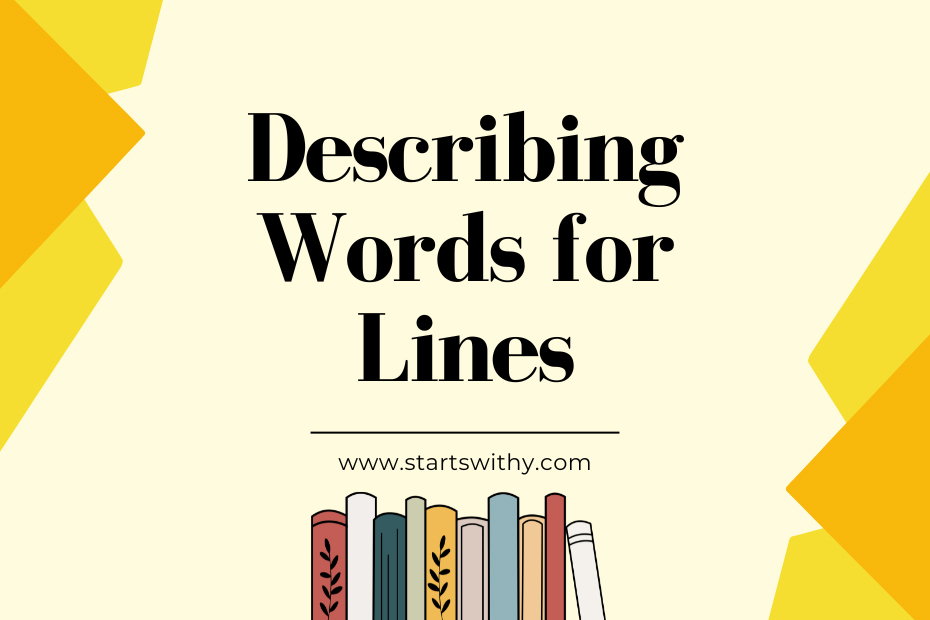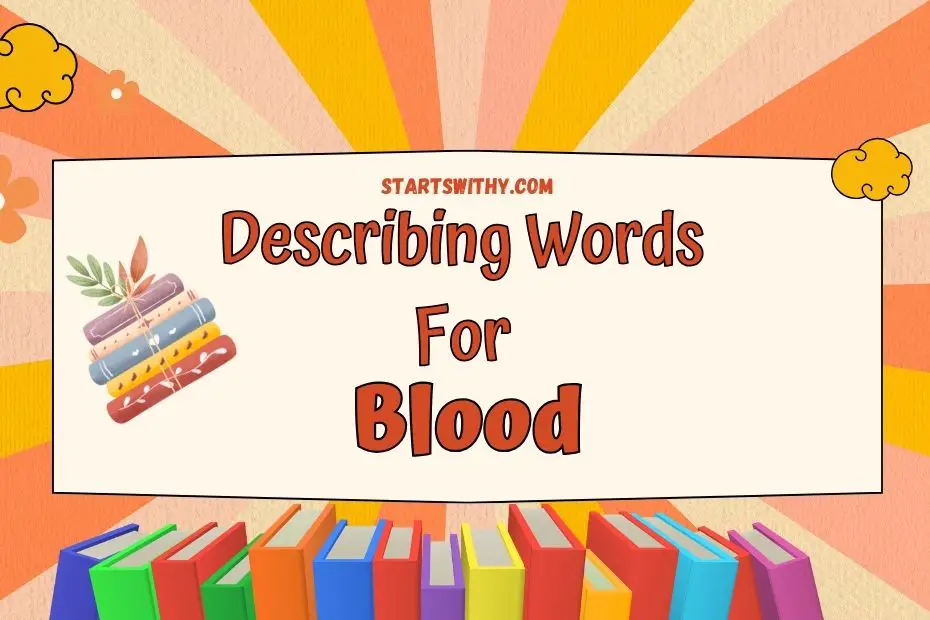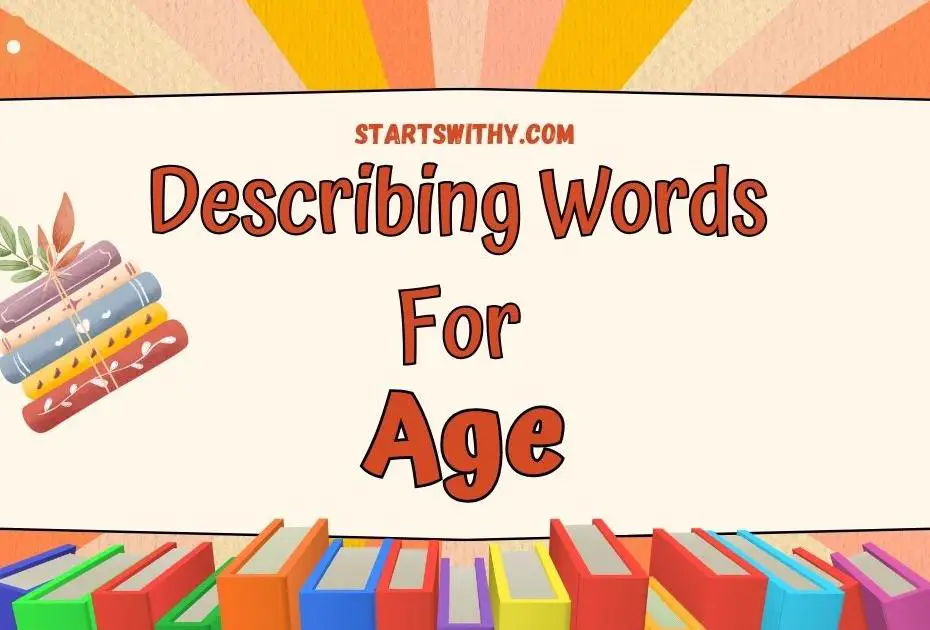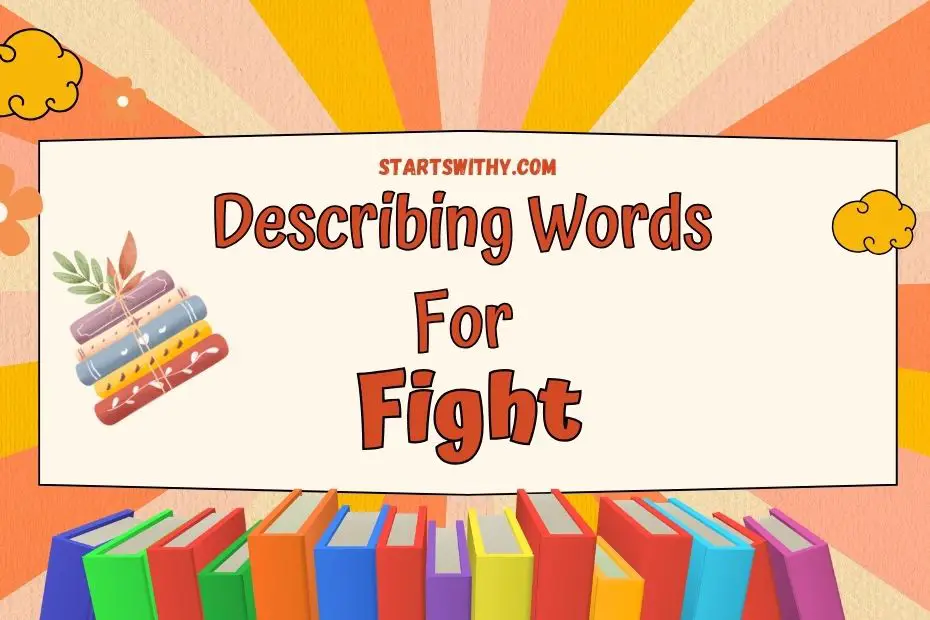When it comes to describing lines, adjectives are the key to painting a vivid picture in the reader’s mind. Whether it’s a straight line, a curvy line, or a jagged line, the right adjectives can bring these simple shapes to life. In this article, I’ll be sharing a variety of adjectives that you can use to describe different types of lines, along with examples to help you understand their usage. So, let’s dive in and explore the world of adjectives for lines!
How to Describe lines? – Different Scenarios
When it comes to describing lines, there are a variety of scenarios to consider. By using the right adjectives, you can paint a vivid picture in the reader’s mind and make your writing more engaging. Let’s explore different scenarios and examples of adjectives that can be used to describe lines.

1. Straight Lines
Straight lines are simple and clean, conveying a sense of stability and order. Here are some adjectives you can use to describe straight lines:
- Horizontal: A line that goes from left to right, like the horizon.
- Vertical: A line that goes straight up and down.
- Diagonal: A line that slants at an angle, neither horizontal nor vertical.
- Perpendicular: Two lines that intersect at a 90-degree angle.
2. Curvy Lines
Curvy lines add a sense of movement and flow to your descriptions. They can be smooth or have more pronounced curves. Consider using the following adjectives:
- Gentle: A line with subtle curves, soft and flowing.
- Serpentine: A line that twists and turns like a snake.
- Wavy: A line that creates a series of gentle curves.
- Meandering: A line that wanders, without a specific direction.
3. Jagged Lines
Jagged lines give a sense of roughness and unevenness. They can be sharp or rocky in appearance. Here are some adjectives to describe jagged lines:
- Zigzag: A line that moves in sharp angles, resembling the letter Z.
- Uneven: A line that is not smooth, with irregular heights and depths.
- Cracked: A line that shows signs of splitting or breaking apart.
- Spiky: A line with sharp and pointed ends, like spikes.
Remember, by using these adjectives, you can bring your descriptions to life and engage readers’ imaginations. Experiment with different combinations to find the right words that best capture the lines you’re describing.
Now that we’ve explored different scenarios, let’s move on to specific examples and more adjectives to describe lines. But before that, let’s have a quick recap of the adjectives we discussed so far.
Describing Words for lines in English
As a preschool teacher, I know how important it is to teach children about different concepts in a way that is engaging and easy for them to understand. One concept that we often explore in the classroom is lines. Lines can come in various shapes and directions, and by using descriptive words, we can help children develop a deeper understanding of their characteristics. In this section, I will share some examples of adjectives we can use to describe lines in English.
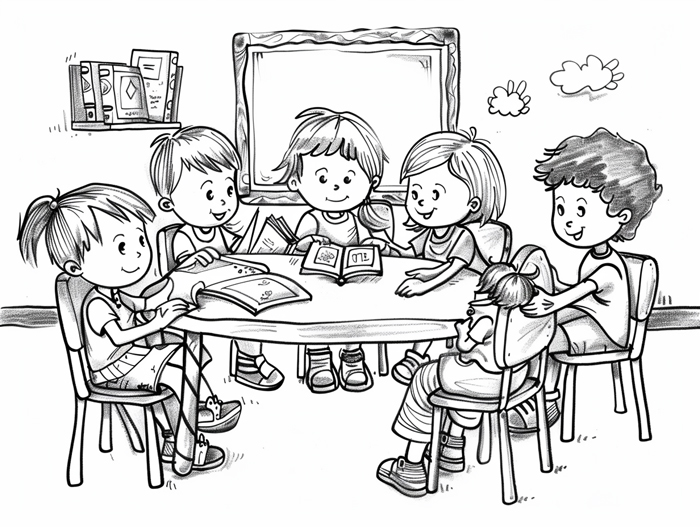
Straight Lines
Straight lines are lines that have no curves or bends. They can be horizontal, vertical, diagonal, or perpendicular. Here are some describing words we can use for straight lines:
Adjectives
- Horizontal
- Vertical
- Diagonal
- Perpendicular
Curvy Lines
Curvy lines, on the other hand, have gentle curves or bends. They can be used to create shapes like waves or circles. Here are some adjectives we can use to describe curvy lines:
Adjectives
- Gentle
- Serpentine
- Wavy
- Meandering
Jagged Lines
Jagged lines have sharp, uneven edges and can give a sense of sharpness or roughness. They can be seen in shapes like zigzags or lightning bolts. Here are some adjectives that can be used to describe jagged lines:
Adjectives
- Zigzag
- Uneven
- Cracked
- Spiky
By using descriptive words to describe lines, we can bring our descriptions to life and engage children’s imaginations. Teaching them about different types of lines and using adjectives can help enhance their vocabulary and understanding of the world around them. Next, let’s take a look at how we can incorporate these adjectives into fun activities and games that will make learning even more enjoyable for our students.
Adjectives for lines
Lines can be described using a variety of adjectives, which can bring vividness and depth to any description. By using different adjectives, we can engage readers’ imaginations and make our writing more captivating. In this section, I will provide examples of positive and negative adjectives that can be used to describe lines in different scenarios.
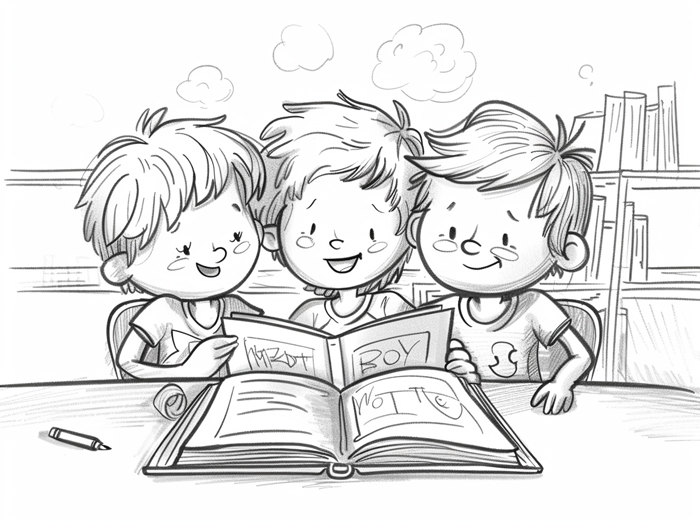
Positive Adjectives for Lines
Positive adjectives can be used to convey various characteristics of lines. Here are twelve example sentences showcasing positive adjectives and their applications:
| Adjective | Example Sentence |
|---|---|
| Horizontal | The sunset painted a beautiful horizontal line across the horizon. |
| Vertical | The tall skyscraper was characterized by striking vertical lines. |
| Diagonal | The roller coaster took us on an exhilarating ride with its diagonal lines. |
| Perpendicular | The intersecting walls formed a perpendicular line in the shape of a cross. |
| Smooth | The canvas exhibited smooth brushstrokes, creating a serene scene. |
| Curved | The curved line of the river wound through the lush green landscape. |
| Serpentine | The serpentine line of cars snaked through the congested city streets. |
| Wavy | The sandy beach was adorned with wavy lines left behind by the receding waves. |
| Meandering | The meandering path led us through the enchanting forest. |
| Graceful | The dancer’s movements traced graceful lines, captivating the audience. |
| Symmetrical | The butterfly’s wings displayed symmetrical lines, creating a perfect balance. |
| Energetic | The lightning bolt struck with an energetic line of electric intensity. |
Negative Adjectives for Lines
Negative adjectives can be used to describe lines that have irregular or undesirable characteristics. Here are five example sentences illustrating negative adjectives and their usage:
| Adjective | Example Sentence |
|---|---|
| Jagged | The jagged line of the broken glass posed a safety hazard. |
| Uneven | The uneven line of the fence was a result of its deteriorating condition. |
| Cracked | The old painting had cracked lines, evidence of its age and wear. |
| Spiky | The cactus displayed spiky lines, serving as a natural defense mechanism. |
| Crooked | The crooked line on the map misled us, leading to our wrong destination. |
By utilizing both positive and negative adjectives, we can create rich descriptions that engage our readers’ senses and bring our writing to life. Describing lines with adjectives not only enhances our vocabulary and understanding but also adds a creative and enjoyable element to learning. Now, let’s explore how we can incorporate these adjectives into fun activities and games for students to make their learning experience even more enjoyable and interactive.
Synonyms and Antonyms with Example Sentences
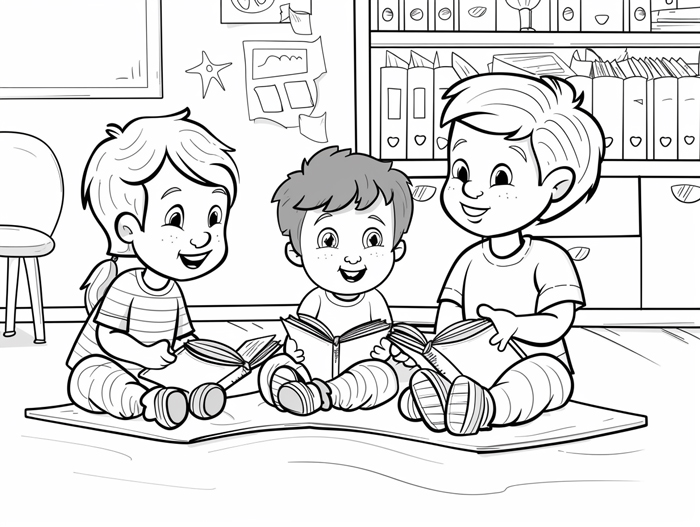
Synonyms for lines
When it comes to describing lines, there are several synonyms that can be used to add variety and depth to your writing. Here are some examples of synonyms for lines and how they can be used:
- Horizontal: A horizontal line goes straight across from side to side. For example, “The horizon stretched out in a straight horizontal line.”
- Vertical: A vertical line goes straight up and down. For example, “The flagpole stood tall with a vertical line reaching towards the sky.”
- Diagonal: A diagonal line slants or goes across at an angle. For example, “The rocket shot up into the sky, creating a diagonal line of smoke.”
- Perpendicular: Perpendicular lines intersect each other at a right angle. For example, “The two tree trunks formed perpendicular lines where they crossed.”
Antonyms for lines
In addition to synonyms, antonyms can also be used to provide contrast and create a more vivid description of lines. Here are a few antonyms for lines and how they can be applied:
- Jagged: A jagged line is uneven or has a rough, irregular edge. For example, “The lightning bolt left a jagged line in the sky.”
- Uneven: An uneven line is not smooth or regular, appearing rough or irregular. For instance, “The path through the forest was marked by an uneven line of rocks.”
- Cracked: A cracked line has gaps or breaks in its surface. For example, “The old vase had a cracked line running down its side.”
- Spiky: A spiky line has sharp points or projections. For instance, “The cactus was covered in spiky lines that served as its defense.”
Remember, by incorporating these synonyms and antonyms into your writing, you can create a more engaging and descriptive representation of lines.
Conclusion
Describing lines with adjectives is a powerful way to engage readers and enhance their understanding of visual representations. In this article, we explored a range of positive and negative adjectives that can be used to bring lines to life. From horizontal and vertical to jagged and spiky, these adjectives provide a rich vocabulary for describing lines in various contexts.
By incorporating these adjectives into activities and games, we can make learning about lines more enjoyable and interactive for students. Additionally, we introduced the concept of using synonyms and antonyms to add depth and variety to our descriptions. Synonyms like diagonal and perpendicular can provide different perspectives on lines, while antonyms such as cracked and uneven create contrast and vivid imagery.
As writers, we can harness the power of adjectives to create more engaging and descriptive representations of lines. By using these adjectives thoughtfully and creatively, we can paint a clearer picture in the minds of our readers and make our writing more compelling. So go ahead, explore the world of adjectives for lines and watch your descriptions come to life!
